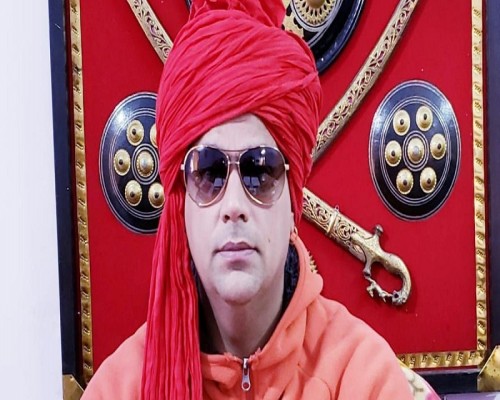Commanders Emerge After 27 Months of Rigorous Training in Akharas

The traditions, hierarchy, and positions within the Akharas have remained unchanged for centuries. These spiritual and martial institutions believed to have been established in the 8th century by Adi Shankaracharya, were created to protect the Sanatan Dharma and its followers. Among their revered positions, the "Senapati" (Commander) role stands out, earned after 27 months of intense training and discipline.
The Path to Becoming a Senapati
• Saints inducted into Akhara battalions undergo 12 months of training.
• Aspiring commanders complete an additional 15 months of specialised training, making it 27 months.
• The selection process evaluates martial skills, spiritual discipline, and leadership qualities. Based on these, a saint may rise to the position of Senapati.
Role and Responsibilities
The Senapati oversees the security and management of the Akhara's battalions. Their duties include safeguarding religious sites, leading processions during festivals, and preserving the Akhara's traditions and ethos. Each Akhara has distinct rules and protocols for electing their commanders.
Women in Akharas
Akhara women’s roles are also significant. Based on their place of initiation and dedication, they can be appointed to leadership roles, including the rank of Senapati.
Diversity Among Akharas
The seven primary Akharas—Niranjani, Juna, Mahanirvani, Atal, Avahan, Anand, and Agni—are divided into 52 branches nationwide. These Akharas protect over 120 religious sites, maintaining spiritual and cultural heritage in cities like Haridwar, Ujjain, Varanasi, and Ayodhya.
Leadership Vision
Shri Mahant Khad Puri, President of the Akhil Bharatiya Akhara Parishad, emphasizes that the Akharas preserve Sanatan Dharma and play a crucial role in social and environmental conservation. Under their commanders, Akharas act as custodians of tradition and agents of harmony.
This centuries-old system thrives, merging discipline, spirituality, and leadership in its unique framework.























